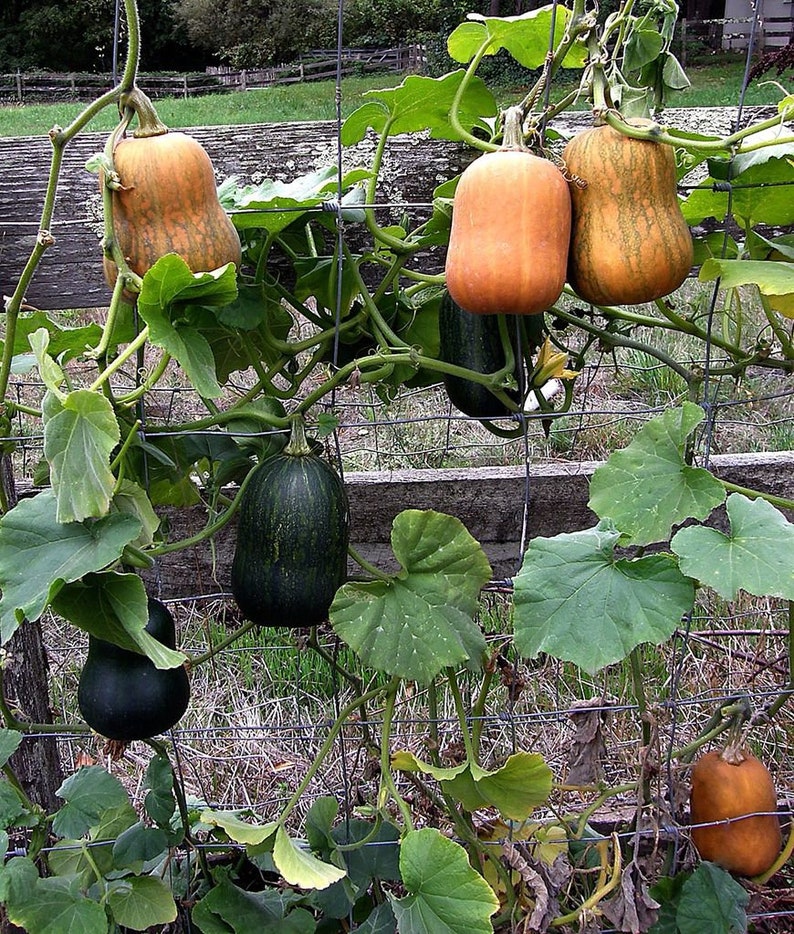


You can tell if pumpkins and squashes are fully ready because the stem will begin to turn yellow. When to harvest pumpkinsĪllow the fruit to colour nicely and the skins to firm up before harvesting. Do try to keep the developing pumpkins and squashes clear of the damp soil – try slipping old tiles or slates under them or, alternatively, use an old house brick or a handful of straw. When the fruit starts to swell, introduce a feed every couple of weeks – tomato fertiliser is perfect. When you water, simply fill the pot to ensure the roots get lots to drink while avoiding drenching the base of the plant which can sometimes cause rot. To make life easier, dig a hole next to your plant and sink a 15cm (6”) plant pot into it. Pumpkins and winter squashes love muck, so make sure you prepare the ground they’re going into by digging in lots of well-rotted manure or compost. You should choose a sunny spot for your pumpkins and squashes and do bear in mind that they need a lot of space – ideally, you should leave up to 2m (6ft) between plants. Always harden off your young plants over a period of a week to 10 days before placing them into their final positions. Image: Pumpkin Seeds ‘Atlantic Giant’ from Suttonsīegin planting out your indoor-raised plants from May onwards, depending on the weather conditions. Large varieties like ‘Atlantic Giant’ will need plenty of room to grow


 0 kommentar(er)
0 kommentar(er)
